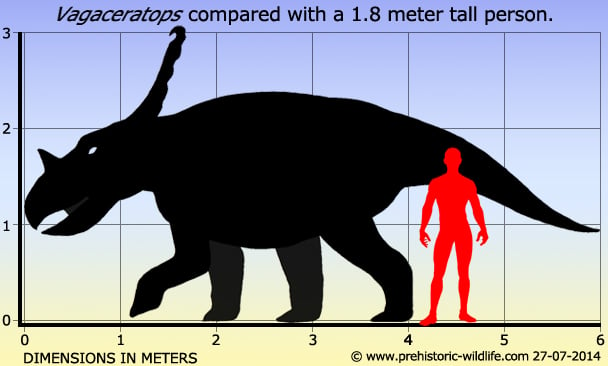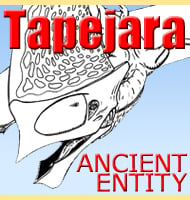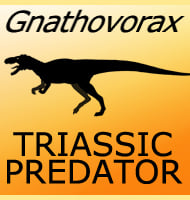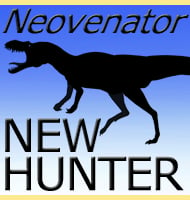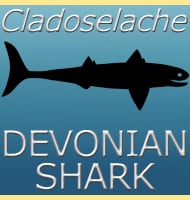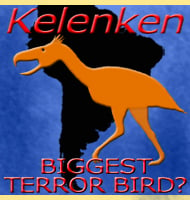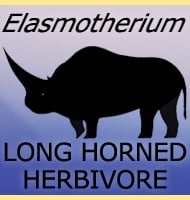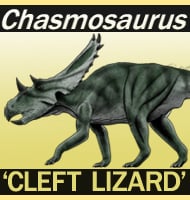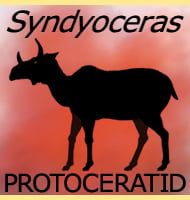In Depth
The material of Vagaceratops was first removed from its block in 2001 when palaontologists identified it as a species of Chasmosaurus, C. irvinensis. Further study in 2010 however revealed it to be different enough to give it its own genus. Normal procedure for this occurrence is to take the specific species name of the original description, this case irvinensis, and apply it to the newly created genus to establish the type species, here resulting in Vagaceratops irvinensis.
Vagaceratops was similar to other chasmosaurine ceratopsians in that it had a comparatively long neck frill and reduced horns. However Vagaceratops itself has been used in reconstructions to test how ceratopsian dinosaurs actually stood. Palaeontologists have proposed a sprawling stance where the arms extend outwards like a lizards, to a more pillar-like arrangement where they support the body from underneath. Computer modelling in 2007 by Alex Tirabasso demonstrated that the legs were actually most efficient when in an intermediate position between these two classically held reconstructions. This intermediate form allows for better weight bearing potential while also providing a greater deal of flexibility when feeding and moving.
Further Reading
– A new species of Chasmosaurus (Dinosauria: Ceratopsia) from the Dinosaur Park Formation of southern Alberta. – Canadian Journal of Earth Sciences 38: 1423–1438. – R. B. Holmes, C. A. Forster, M. J. Ryan & K. M. Shepherd – 2001. – New Horned Dinosaurs from Utah Provide Evidence for Intracontinental Dinosaur Endemism”. PLoS ONE 5 (9): e12292. – Scott D. Sampson, Mark A. Loewen, Andrew A. Farke, Eric M. Roberts, Catherine A. Forster, Joshua A. Smith & Alan L. Titus – 2010.
